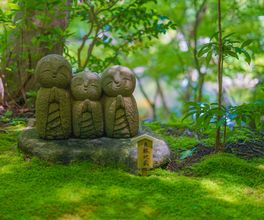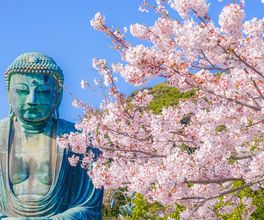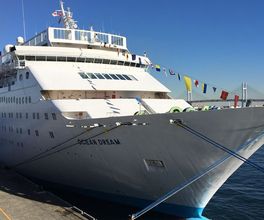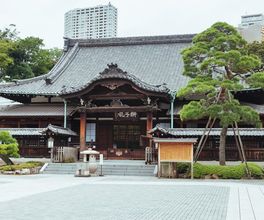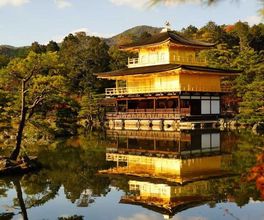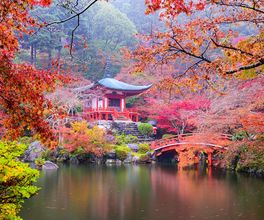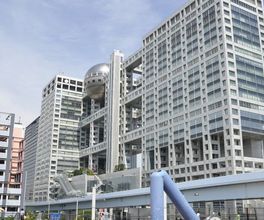

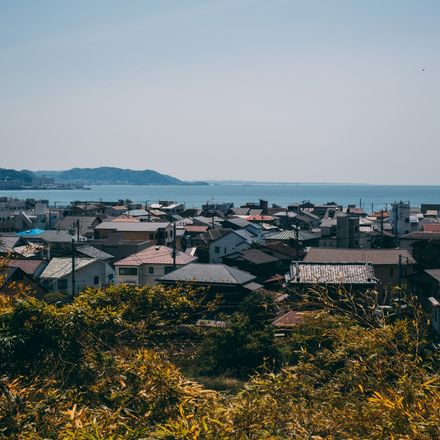


About this experience
As a resident of Kamakura, I will not only guide you along the city's well-trodden paths to its symbols, but also show you its authentic corners, where the bustling crowd never ventures. You will uncover the history of the samurai era, the details of Zen Buddhist temples, the harmony of a bamboo garden, all against the backdrop of the Pacific Ocean. Calm and serene, like the gaze of the Kamakura Daibutsu overlooking the city from above.
Why Visit Kamakura
Located just an hour away from the center of Tokyo, this small city has a colossal footprint in history. The entire era of Japan is named after the "Kamakura period". It was here that the shoguns ruled the empire, leaving behind Kamakura's main legacy — a cluster of Zen Buddhist temples. Intrigued? Let's begin!
What to Expect
Tsurugaoka Hachimangu Shrine: Heart of the City. We'll start with this shrine with an 800-year history — despite fires and disasters, Tsurugaoka Hachimangu Shrine has always been reborn in its original form. It is around this place that the former fishing village unexpectedly became the samurai capital.
Hokokuji Temple. We'll visit the magnificent bamboo garden at the temple: I'll tell you about the historical tragedy that occurred in this beautiful place.
Kamakura's Military Road — the city's main street, Wakamiya Oji, which we will definitely talk about. Gradually it will lead us to the famous Yuigahama Beach.
The local cuisine is definitely worth trying. Japanese food culture has blended here with European traditions — we'll appreciate it during lunch at one of Kamakura's cafes.
We won't miss the mysterious Kenchouji Temple. Its assortment of small buildings stretches from the main Sanmon gate at the bottom of the Kamakura valley to the distant forested hills. Inside, we'll see the Kenchoji Temple bell — a national treasure of Japan.
Koutoku-in Temple. Here is the symbol of Kamakura and its tourist center! Out in the open, surrounded by pines, stands the Kamakura Daibutsu — one of Japan's three Great Buddhas. The statue rises above the trees and is created with a sense of perspective, giving the impression that the Buddha warmly welcomes pilgrims.
Logistical Details
- The tour starts in Kamakura
- If your hotel is within a couple of minutes from one of the major JR stations in Tokyo, I will pick you up from the hotel in the morning and accompany you back unless we go beyond the excursion's timing. Transportation: around 1000 yen one way per person. I can also meet you in Kamakura.
- Entrance tickets are not included in the tour cost, these expenses will amount to no more than 2,000-2,500 yen per person. Tickets for everyone, including the guide, are paid on-site upon entry.
